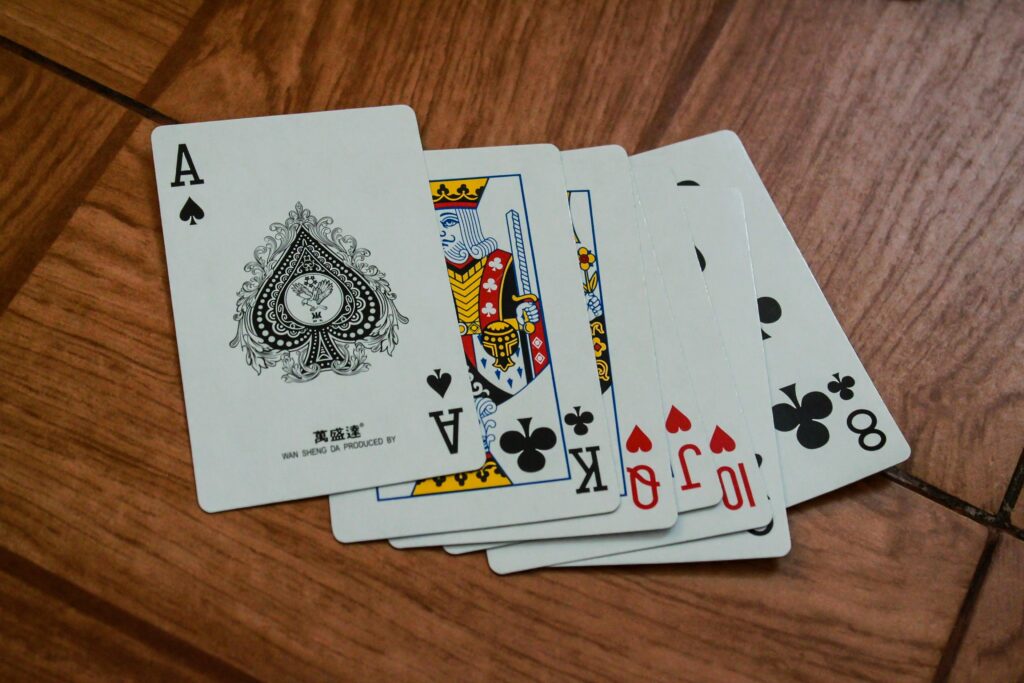Sheepshead, a captivating card game with its origins in Central Europe, has been a source of entertainment for centuries. Recognized for its strategic depth and social nature, Sheepshead continues to be a favorite in various gatherings. This guide delves into the rules and playing strategies of Sheepshead, ensuring you’re well-equipped to join the ranks of enthusiasts or host your next game night with confidence.
Understanding the Basics of Sheepshead
Before setting out to play, familiarize yourself with the core components and objectives of Sheepshead. The game is traditionally played by five players using a 32-card deck, which includes cards from 7 to ace. The primary aim is to score points by taking tricks containing valuable cards.
The Deck and Card Values
| Card | Point Value |
|---|---|
| Ace | 11 points |
| Ten | 10 points |
| King | 4 points |
| Queen | 3 points |
| Jack | 2 points |
| Others (7, 8, 9) | 0 points |
Getting Started with Sheepshead
To commence a game of Sheepshead, one player is designated as the dealer. The dealing process and determination of the “picker” – the player who will play against the other four – plays a crucial role in shaping the game’s dynamics.
Dealing and Choosing the Picker
- Cards are dealt in two rounds: first three cards to each player, then two to the blind (or kitty), and finally two more cards to each player.
- Players inspect their cards to decide if they have a winning hand – ideally with valuable cards and trump cards.
- The player to the left of the dealer begins the picking process, deciding whether to pick the blind and play alone or pass the opportunity.
The Role of Trump Cards
In Sheepshead, the hierarchy of cards diverges from many traditional card games. Notably, certain cards are designated as trump cards, overpowering others irrespective of their suit. The Queens and Jacks of all suits, along with the diamond suit, assume the role of trumps, creating dynamic strategies and surprising turns of play.
Strategies for Winning
- Assess your hand carefully before deciding to pick or pass. A strong selection of trumps can be a key indicator.
- Memory plays a vital role. Keeping track of played cards can give you insight into what your opponents hold.
- Communication through gameplay is nuanced in Sheepshead. Pay attention to the clues your teammates may offer through their choices of played cards.
Scoring in Sheepshead
At the game’s conclusion, points are tallied based on captured card values. The picker must score more than half of the total points to win. If the picker fails, the opposing team members each score points, with the game fostering a competitive yet engaging atmosphere.
Concluding Thoughts
Sheepshead is not just a game of chance but a profound exercise in strategy, memory, and social interaction. Its complexities and nuances can captivate both new players and seasoned card enthusiasts alike. With this guide in hand, you’re now ready to delve into Sheepshead’s fascinating world, ready to bid, bluff, and strategize your way to victory. Gather your friends, shuffle the deck, and let the game begin!



